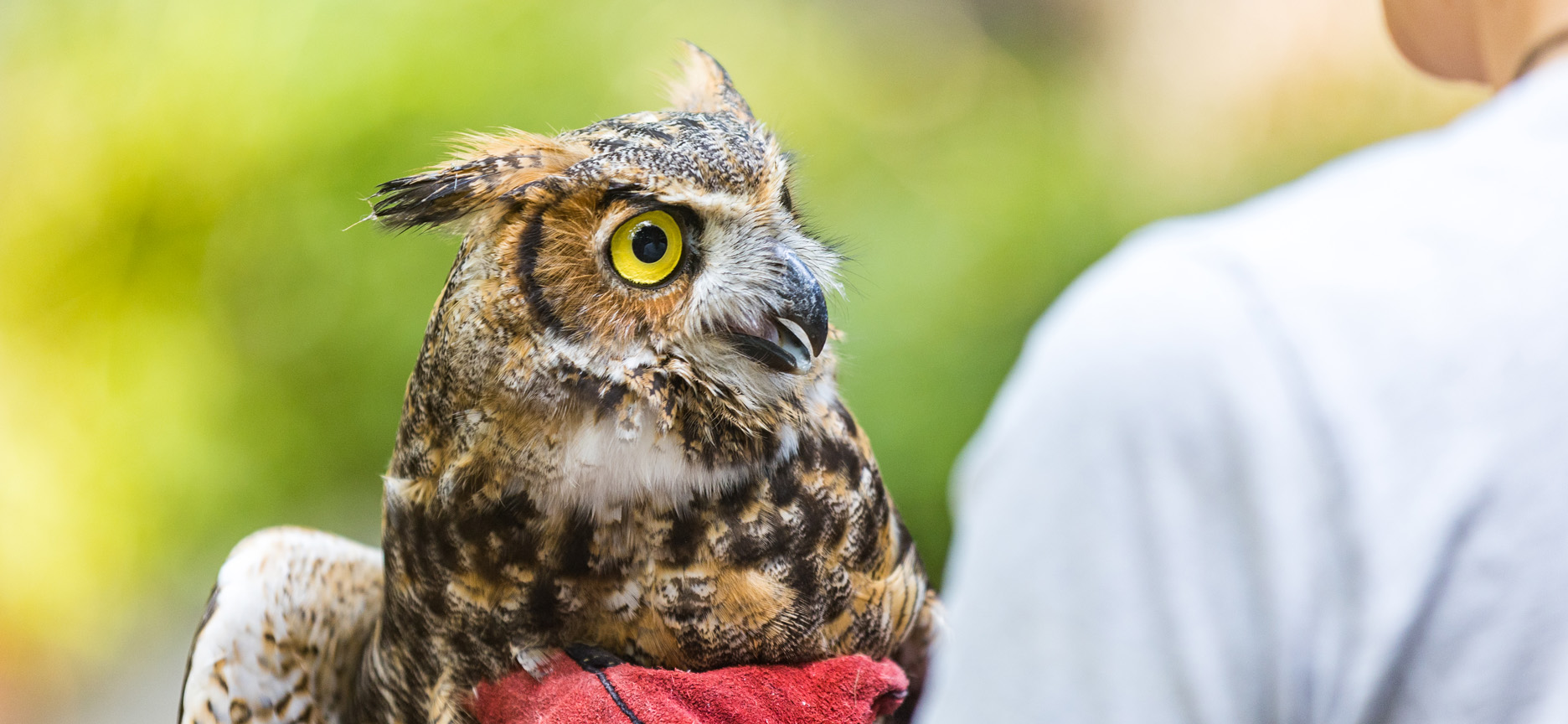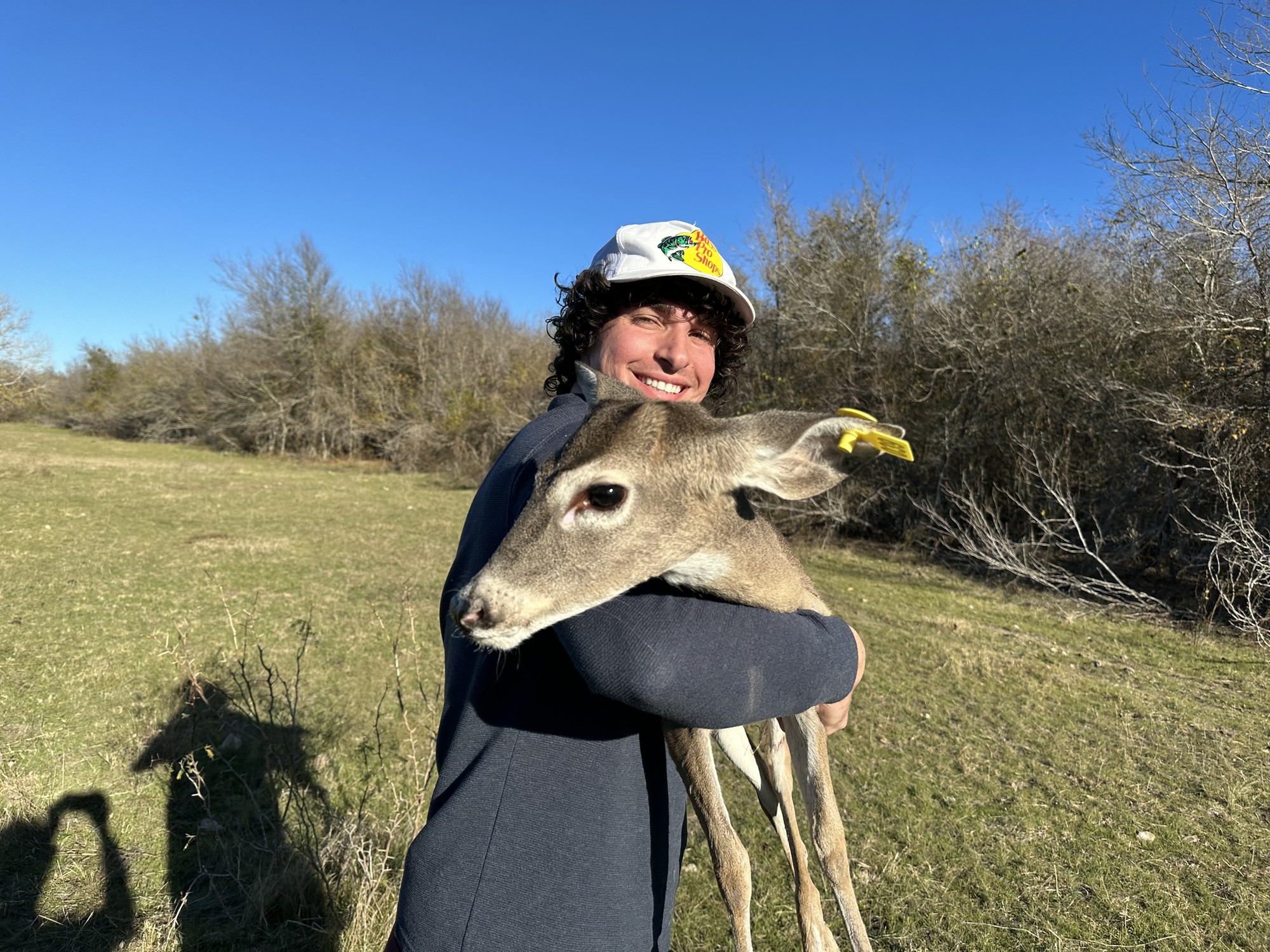The Significance of Burlington Animal Control for Community Health And Wellness
Wiki Article
Typical Challenges and Solutions in Urban Wildlife Removal Efforts
Urban atmospheres existing one-of-a-kind challenges for wildlife administration experts entrusted with managing or removing wildlife populaces. These challenges usually converge with ethical factors to consider, legal frameworks, and the safety and security of both people and pets. Public resistance and misconceptions additionally complicate these initiatives, necessitating ingenious, non-lethal services and durable area outreach. Recognizing the complexities entailed in metropolitan wildlife elimination is essential for creating techniques that balance human safety and security with wildlife welfare. What techniques have shown most efficient, and how can neighborhoods be much better involved to support these campaigns? This discussion seeks to uncover the elaborate equilibrium required for effective urban wildlife monitoring.Honest Wild Animals Monitoring
Dealing with the intricacies of moral wild animals management needs a balance between human passions and the preservation of wildlife environments. In urban setups, this balance becomes increasingly tough as human growth encroaches on wild animals environments, causing regular human-animal interactions. Moral wild animals management in these settings needs techniques that prioritize humane therapy of pets while reducing prospective problems.One of the core concepts in honest wildlife administration is the avoidance of injury. This includes utilizing non-lethal techniques for wild animals elimination, such as exclusion techniques that prevent pets from going into human houses, or using deterrents that lead them far from city areas. Wild animals professionals are tasked with employing techniques that minimize anxiety and injury to the animals, guaranteeing their welfare is thought about along with human safety.
Moreover, ethical monitoring calls for notified decision-making based on clinical research and ecological understanding. It is necessary to evaluate the environmental functions of metropolitan wildlife and exactly how their elimination could affect local biodiversity. Specialists should likewise participate in public education and learning, promoting a wider recognition of conjunction approaches and highlighting the relevance of protecting natural environments. Eventually, reliable ethical wild animals monitoring includes partnership between guardians, policymakers, and the public to sustain urban communities.
Navigating Lawful Restrictions
Browsing the lawful landscape of urban wildlife elimination offers a complicated layer to the already difficult job of ethical wild animals administration. These legislations vary dramatically across regions, requiring thorough understanding and compliance from those included in wildlife monitoring - wildlife removal Burlington.One major challenge is the continuous development of these regulations, typically driven by ecological changes and societal attitudes towards wildlife conservation. Because of this, experts need to continue to be enlightened concerning existing lawful criteria and honest legal changes. Non-compliance can result in substantial penalties, legal implications, and reputational damages.
Structure relationships with wild animals companies and lawful professionals can provide beneficial insights and advice. Therefore, understanding and sticking to legal structures is not merely a step-by-step necessity yet a fundamental component of responsible and sustainable city wildlife administration.

Safety in Removal Practices
Making sure safety in wildlife elimination methods is vital to securing both human and animal welfare. A key issue in wildlife elimination is the possibility for injury or illness transmission to humans, demanding the usage of personal protective tools (PPE) such as masks, handwear covers, and safety glasses.
Safe removal practices likewise consist of using gentle traps made to stop injury. These catches should be routinely checked to guarantee that pets are not left in distress. Additionally, it is important to comply with standards that determine the suitable handling, transportation, and launch of captured wildlife, making certain that the animals are returned to ideal habitats where they can flourish without posturing further risks to metropolitan settings.
Furthermore, education and training for those included in wild animals removal are necessary. This makes certain that all parties understand the current safety procedures and strategies, therefore reducing the likelihood of mishaps and advertising an unified conjunction in between city dwellers dig this and wildlife.
Innovative Deterrent Solutions
While security in dig this wild animals elimination is crucial, preventing encounters with metropolitan wild animals with ingenious deterrent options can substantially decrease the requirement for such interventions. Urban atmospheres, with their wealth of food and shelter, frequently attract wildlife like pigeons, squirrels, and raccoons, leading to possible problems. Innovations in modern technology and layout have actually led the way for creative and effective deterrent techniques that reduce wildlife visibility without injury.One such option is the use of ultrasonic devices, which give off high-frequency sounds faint to human beings however unpleasant for numerous wild animals types, driving them away from details areas. Additionally, motion-activated lawn sprinklers can prevent pets by shocking them with unexpected ruptureds of water, properly discouraging their return. These devices are particularly beneficial in protecting gardens and eco-friendly rooms from foraging animals.

Additionally, the integration of wise lights systems that adjust their brightness and shade can disrupt the nocturnal tasks of particular wildlife, minimizing their convenience in urban settings. Physical barriers, such as bird spikes and nettings, remain to serve as useful deterrents, protecting against animals from nesting or roosting in unwanted locations. Highlighting humane and environment-friendly strategies, these developments hold pledge for lasting city wildlife management.
Neighborhood Education And Learning Campaigns
Recognizing the value of area education and learning initiatives is important in attending to city wild animals challenges effectively. Such initiatives play a considerable duty in cultivating conjunction in between human beings and wild animals in city setups by elevating recognition and advertising accountable habits. Informing citizens regarding regional wildlife types, their habitats, and behaviors can reduce misunderstandings and fear, leading to even more enlightened choices relating to wild animals administration.Neighborhood education efforts often consist of workshops, workshops, and outreach programs made to engage locals of all ages. These campaigns can concentrate on sensible recommendations, such as protecting waste bins, setting up bird-friendly structures, and avoiding feeding wild animals, which assists avoid attracting pets right into metropolitan areas. By sharing expertise regarding the environmental functions of wild animals, neighborhoods can move point of views from seeing pets as annoyances to recognizing their worth within metropolitan communities.
Locals who comprehend the importance of wildlife preservation are a lot more likely to support gentle removal techniques and environment security steps - wildlife removal Burlington. Efficient community education and learning calls for cooperation between neighborhood authorities, wildlife Our site specialists, and area leaders to develop tailored programs that deal with certain metropolitan wild animals problems.
Verdict
Urban wild animals elimination needs a multifaceted strategy, addressing ethical management, legal conformity, and safety in removal methods. Utilizing ingenious deterrent services and prioritizing non-lethal techniques are critical for minimizing human-wildlife problem. Area education and learning efforts play a significant role in altering perceptions and encouraging conjunction by cultivating an understanding of wild animals habits and reducing attractants. Successful city wild animals administration rests on collaboration among authorities, specialists, and citizens, making certain techniques that safeguard human security while appreciating wildlife well-being.Urban settings existing distinct obstacles for wildlife administration specialists tasked with managing or eliminating wild animals populaces. Understanding the intricacies included in urban wildlife elimination is important for establishing techniques that stabilize human safety with wild animals well-being.Browsing the lawful landscape of urban wildlife removal presents a complex layer to the currently tough job of moral wild animals administration.While safety in wild animals elimination is essential, preventing encounters with city wild animals with ingenious deterrent solutions can dramatically minimize the requirement for such treatments. Effective city wildlife monitoring pivots on cooperation amongst specialists, authorities, and residents, making certain techniques that guard human security while respecting wild animals well-being.
Report this wiki page